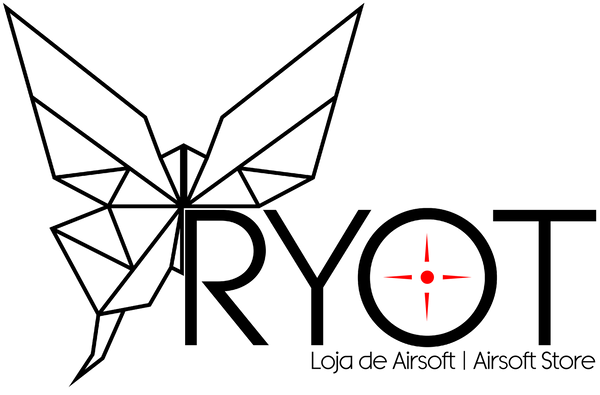I Need Patches… LOTS OF PATCHES!!!
White RavenPatches have their origins in military insignias, used at various levels of organisation, from small specialised units to battalions or even armies. In ancient times, Egyptian, Persian, or Roman empires used emblems and insignias (visual and easily recognisable symbols) on banners and/or shields to identify their forces, but also to strengthen group spirit, gain recognition, inspire respect, and as a propaganda tool. Over the centuries, these evolved into family crests and national flags, with meticulously detailed designs full of symbolism, carrying more than just colours and shapes, representing stories of bravery, unity, and tradition. Napoleon’s armies used emblems, colours, and insignias to symbolise specific regiments, which also boosted morale. With the World Wars and the vast number of personnel and nations involved, patches became common and varied, now being an iconic part of military history and identity.

The first embroidered patches worn on the arm date back to World War I, and they were used to help identify the various divisions and units involved. However, it was during World War II that their use became popular, thanks to pilots from various Air Forces, who created personalised designs used on the iconic jackets and painted on their planes, which could represent their origins, achievements, battles fought, or their sense of humour!
After World War II, there was no turning back... Personalised patches had arrived and won the hearts and minds of military personnel and enthusiasts alike. Nowadays, it is the norm for each unit, regiment, or division to have its own personalised patch, as well as commemorative patches or patches for joint training exercises, missions, or even individual achievements. The elements that make up a patch are not random; whether it's the colour, shape, or symbols, they all have one or more meanings, often known only to group members. For instance, an eagle represents power and vigilance, a sword symbolises readiness for combat, red denotes courage, blue loyalty, and anchors are associated with water. Then we can have national and regional elements (flags, colours, animals, monuments), tools (whether weapons, vehicles, or utensils), and more abstract elements (lightning bolts, stars, stripes, flames, bolts, among many others). For many collectors, unit patches are a way to remember the history of their family or country, especially those used in battle, which can even become valuable or rare over time.
Patches have also evolved with the advent of new technologies, new manufacturing methods, and new uniforms, transitioning from crudely sewn threads on fabric attached directly to the uniform to 3D PVC patches with Velcro, which can be quickly swapped. There are also luminescent patches, reflective patches in visible light, and others visible only in infrared light, patches with sublimated images... and certainly, in the future, new techniques will enable different patches! But they will always be symbols of honour, identity, humour in adversity, a memory of stories of courage and sacrifice, a reminder of those who serve now!
For the “common” user, like airsofters, patches can be a way to stand out among many, expressing individuality with humour, references to cult films or series, paying homage to military forces, identifying their team or group, and/or their name and other identification details. For me, they’re an exercise in creativity, a collection, a passion… and for you?
Check out White Raven's Patches here
White Raven An airsofter from the Algarve and founder of the Elite Lynx team and the Lynx Club, also designs and sells PVC patches. Between games and training, he still finds time to share his passion for airsoft through articles and videos.

